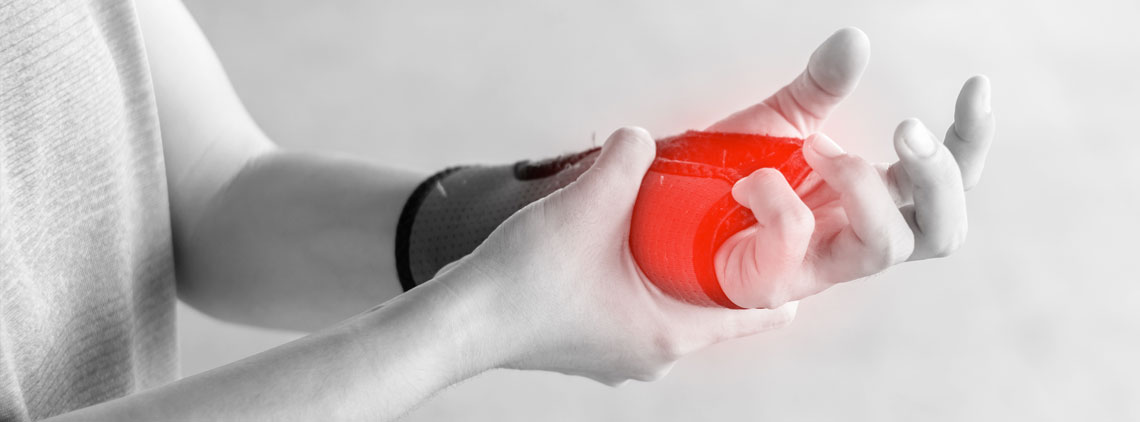
De Quervain’s Disease Surgery
Overview
You may be used to this pain as tendinosis is caused by overuse. This disease is most common in middle-aged women. It can also affect those who are pregnant or who have rheumatoid arthritis. If you have this you may experience pain on the thumb side of your wrist which can travel up your arm to the forearm. You might experience more pain when you’re gripping something or twisting your wrist. Some patients experience a “snapping” sensation when moving their thumb. Due to discomfort, you may have trouble moving your thumb and wrist. Orlando Hand Surgery Associates can help relieve your pain with our De Quervain’s Disease surgery.
How to Prepare for Surgery
You won’t be able to eat the day you have surgery. You should be able to continue drinking water as normal. Just avoid drinking other beverages, like soda, juice, or milk. We may also ask that you quit taking certain medications like aspirin or anti-inflammatory drugs a few days before surgery. Make sure we know what medications you take regularly. Plan to wear loose-fitting clothes that are easy to change into after surgery.
Procedure
This surgery is an outpatient surgery which means you will be able to return home after you wake up. We will also use regional anesthesia. A small incision will be made near the base of your thumb on your wrist. Then we will locate the inflamed tendon and release the covering (sheath) surrounding it by making a small slit in it. Your incision will be closed using stitches and a bandage. You will wake up with a splint on your wrist to support your hand. In the afternoon after your surgery, we advise our patients to move the tip of your thumb.
Recovery
After surgery, we may ask that you wear a splint for one to four weeks. You can expect a full recovery after six to 12 weeks. After this time period, you should be able to move your wrist and thumb without pain.
Efficacy
Your thumb covering is opened to allow more room for your inflamed tendons in your wrist.
Complications
Possible complications include infection, blood loss, and nerve damage as with any surgery.
Outlook
This surgery will restore comfort and strength. Most patients will resume normal use of their hands after surgery.

